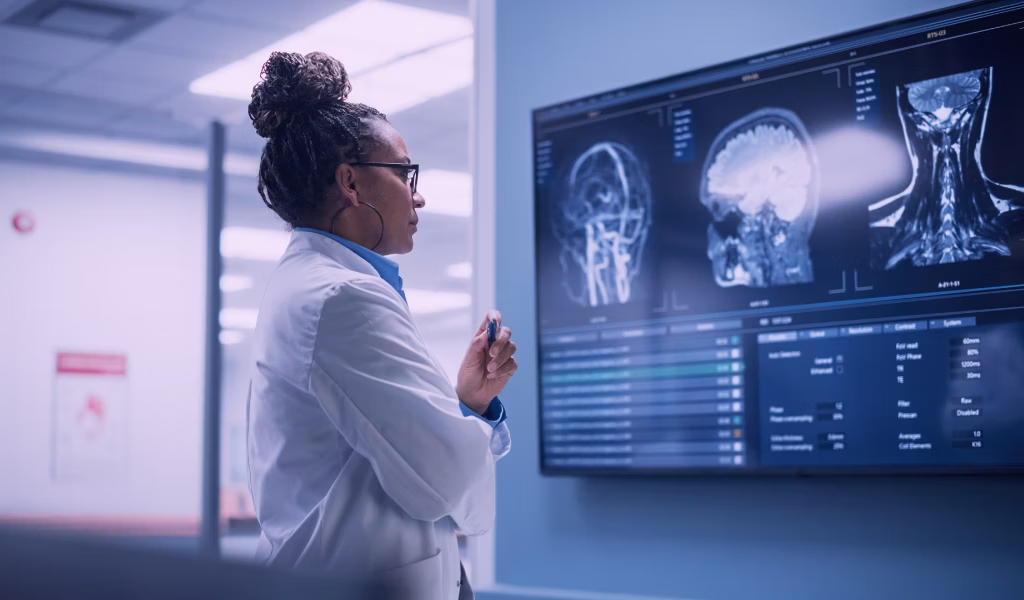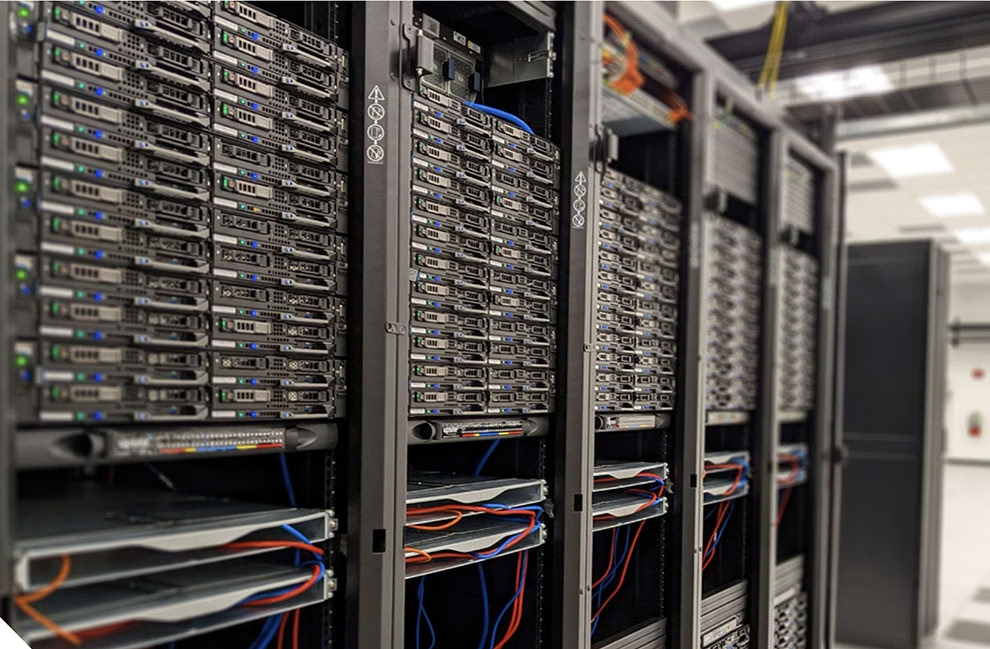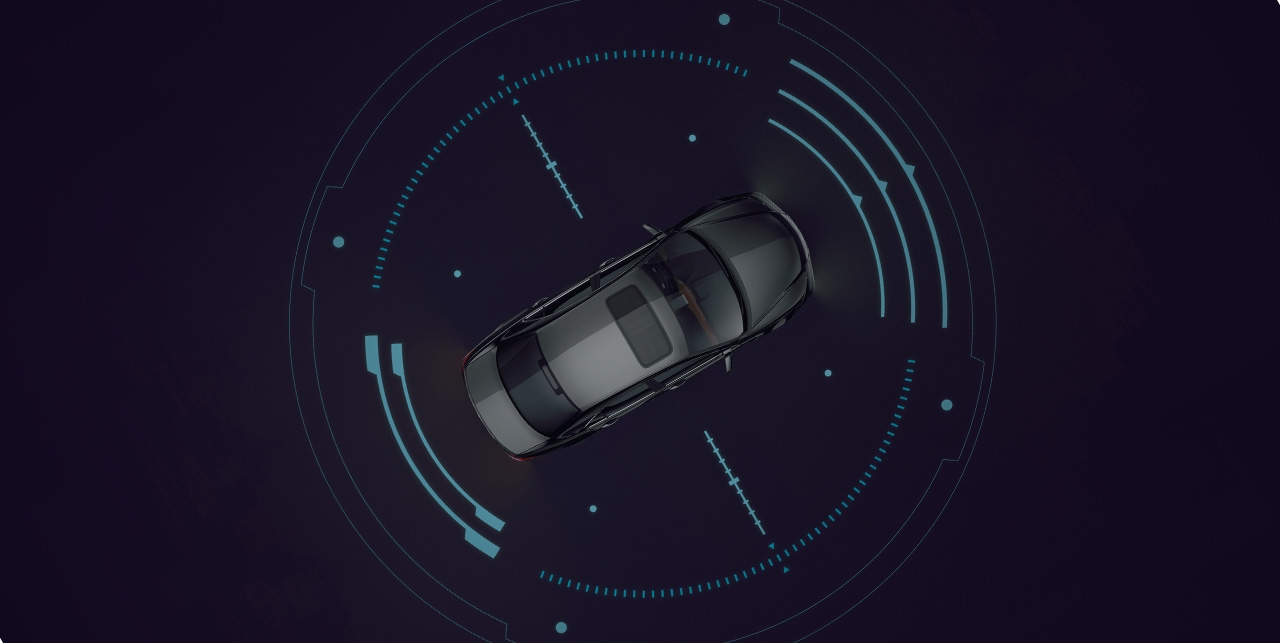When We Say Data: A Solidigm Perspective on the Data-Centric Future


When people hear the word "data," several thoughts may come to mind. It evokes anything from simple numbers and statistics to dynamic data visualization and analytics to a robot making your coffee at the airport. The term "data" also naturally conjures images of technology and computing, with concepts like bytes, bits, and algorithms. For some, it's closely tied to research and science, representing a crucial component of the scientific method. Data can also be misunderstood, sparking concerns about privacy, breaches, cybersecurity, and more.
At Solidigm, we’re focused on helping our customers transform their businesses by activating the positive power of data. We are driven to have data translate into real-world results, enabling it to do the greatest good for the most people. By acknowledging both the benefits and costs, we can work towards facilitating the overwhelmingly positive impact of data.
 From lifesaving medical diagnostics to smarter agriculture and AI-powered wildlife conservation, data improves lives in tangible, everyday ways.
From lifesaving medical diagnostics to smarter agriculture and AI-powered wildlife conservation, data improves lives in tangible, everyday ways.
When harnessed responsibly, data powers scientific breakthroughs, educates the next generation, fuels innovation, and drives economic growth—unlocking new possibilities. As the saying goes, "data is the new oil." But even that vastly underestimates the impact of data, which has growth-rate orders of magnitude greater than oil, even at its peak. Data is infinite, only constrained by the storage and processing limitations of its environment. It’s a resource that can be created and reused without being depleted. In fact, the digital economy has made data one of the most valuable resources of the 21st century. Between 2010 and 2023, data creation reached a compound annual growth rate (CAGR) of ~40%, with daily creation rising from exabytes to tens of exabytes.1 Just as oil was a key driver of the Industrial Revolution, data is transforming industries and revolutionizing how we live and work now.
Why data matters to everyone
Think about the sigh of relief when a radiology report comes back in minutes instead of days. Or the peace of mind knowing your car's safety systems are constantly learning to keep your family safer. Or the drones that are helping farmers protect crops and conserve resources. These are not future tech dreams—they are the result of data in action today. From lifesaving medical diagnostics to smarter agriculture and AI-powered wildlife conservation, data improves lives in tangible, everyday ways. But here's the catch: all of this depends on fast, reliable, and scalable access to massive amounts of information. And that’s where Solidigm comes in.
 Data’s ultimate value lies in its ability to be processed and converted into actionable insights.
Data’s ultimate value lies in its ability to be processed and converted into actionable insights.
The challenges of exponential data growth
However, overcoming significant technical challenges becomes imperative as the sheer amount of data grows in size and complexity, generating quintillions of bytes every day. Data requires innovative approaches to manage and process it effectively. It must be stored, accessed, and analyzed at speed and scale. Data storage infrastructures are struggling to keep up, and the challenges will only grow as more services and applications rely on technologies such as AI.
Operational hurdles include
- Space limitations
- Weight limitations
- Data quality
- Processing speed
- Power efficiency
- Power availability
- Rising costs
- Cooling considerations
- Data access at the edge
- Other considerations that vary by industry
Traditional storage infrastructure often relies on hard disk drive (HDD) storage, which was invented in the 1950s. The technology is no longer suitable for many of today’s data-intensive applications and can hinder progress. AI model datasets are more than doubling every 2 years, increasing the average active power required per processor by more than 5x over the past 10 years.2 Adding more hard drives is not a viable long-term solution, as it leads to increased power consumption, massive rack space requirements, and high maintenance costs.
Solid-state drives: Empowering innovative, data-driven breakthroughs
Society’s data-centric future requires a more efficient storage infrastructure. Solid-state drives (SSDs) will continue to gain traction, increasingly displacing HDDs as the dominant storage technology in data centers worldwide. At Solidigm, we design SSDs that unleash the possibilities of data, offering higher density and orders of magnitude faster performance than HDDs, enabling lightning-quick data access and processing. Our SSDs also store more data in less space—reducing energy consumption and the overall footprint of data centers—and offer a longer lifespan, reducing the need for frequent replacements and minimizing electronic waste.
 Solidigm technology supports data-driven, forward-thinking industries, offering a glimpse into the remarkable developments that could shape our world for the better.
Solidigm technology supports data-driven, forward-thinking industries, offering a glimpse into the remarkable developments that could shape our world for the better.
Solving for things like general-purpose foundation models takes massive amounts of time, space, and power. Did you know that in a data center using 30TB HDDs, you’d need 7,143 drives, each consuming an average of 9.8 watts (more than 70 kW of power) during active read-write operations? In contrast, the same solution using Solidigm™ D5-P5336 122TB SSDs requires just 857 drives, each using 16 watts during active reads (a total of 13.7 kW). That’s an 80% reduction in power consumption based on storage devices alone.3
Solidigm technology supports data-driven, forward-thinking industries, offering a glimpse into the remarkable developments that could shape our world for the better. SSDs will ultimately do for data what the PC did for the semiconductor or the internet for connectivity—enable new solutions and real-world benefits that we can't even imagine yet.
Exploring the horizon of data-driven innovations
From healthcare to firefighting to animal conservation and space exploration, Solidigm is there, driving data-powered advancements. Embark on the journey with us as our new "When We Say Data" series explores powerful use cases, highlighting how SSD solutions enable data to revolutionize industries.
Together, let's expand the possibilities of data that fuel human advancement for all.
About the Author
Aleah Schweizer is Digital Content Manager at Solidigm. She drives content strategy, thought leadership, and Solidigm brand awareness across numerous digital platforms. Aleah holds a Bachelor’s degree from Florida State University and a Master’s from University of Cambridge.





